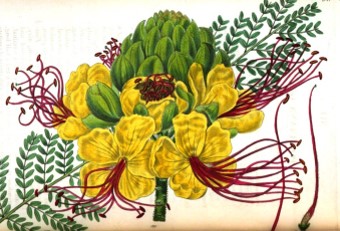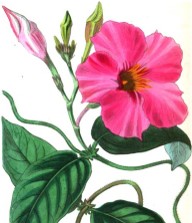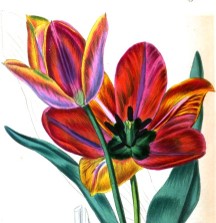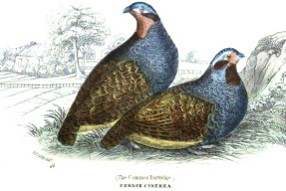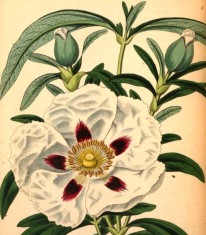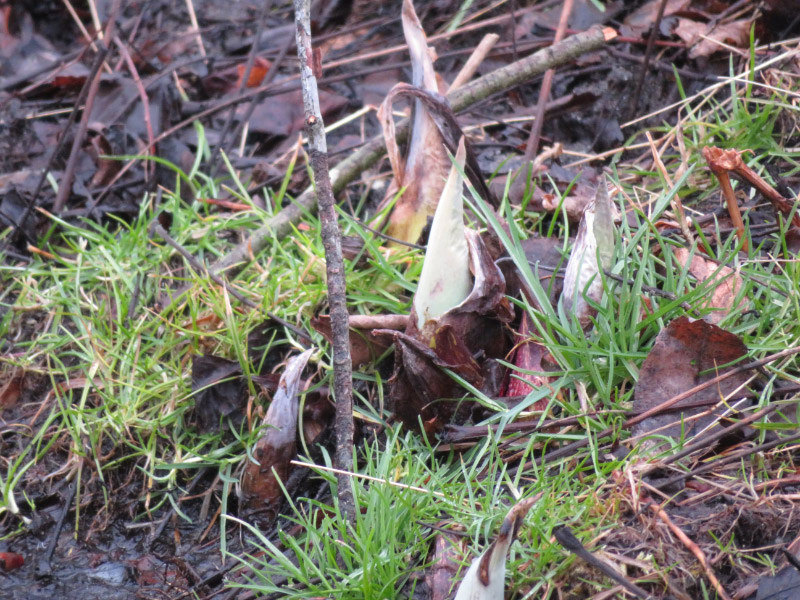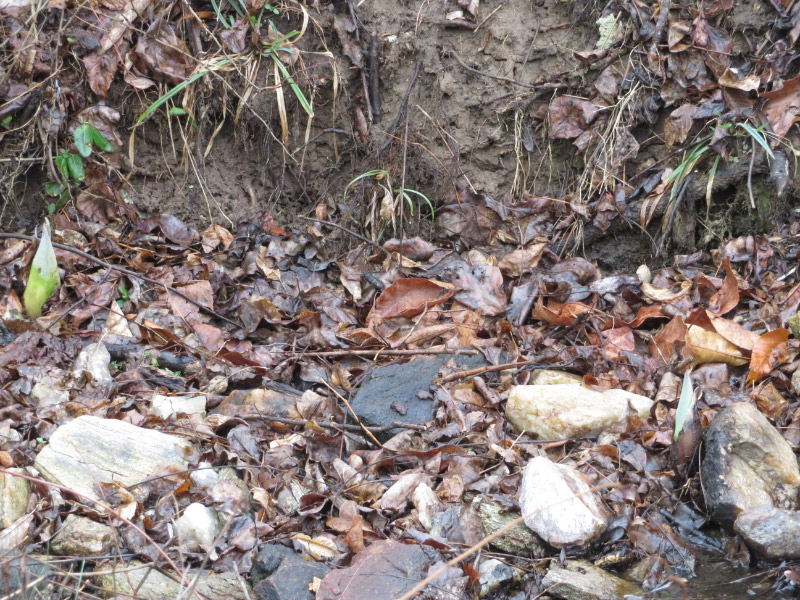3 Free eBooks – June 2017
/Two of my three picks for June are from Princeton online sources – which were new to me:
 Gordon, R.K. and Thoreau MacDonald. A Canadian Child’s ABC. Toronto & Vancouver: Dent. 1931. Available from alphabet books for English 385 Spring 2016 here. I liked the art work. Some of the images might be dated…but some still seem representative of Canada.
Gordon, R.K. and Thoreau MacDonald. A Canadian Child’s ABC. Toronto & Vancouver: Dent. 1931. Available from alphabet books for English 385 Spring 2016 here. I liked the art work. Some of the images might be dated…but some still seem representative of Canada.
Ando, Hiroshige. Gojūsantsugi. Edo: Muraichi, 1852. Available from the Princeton University Digital Library here. The book was owned by Albert Einstein and includes an ink wash caricature of him on the endpapers drawn by Okamoto Ippell in 1922.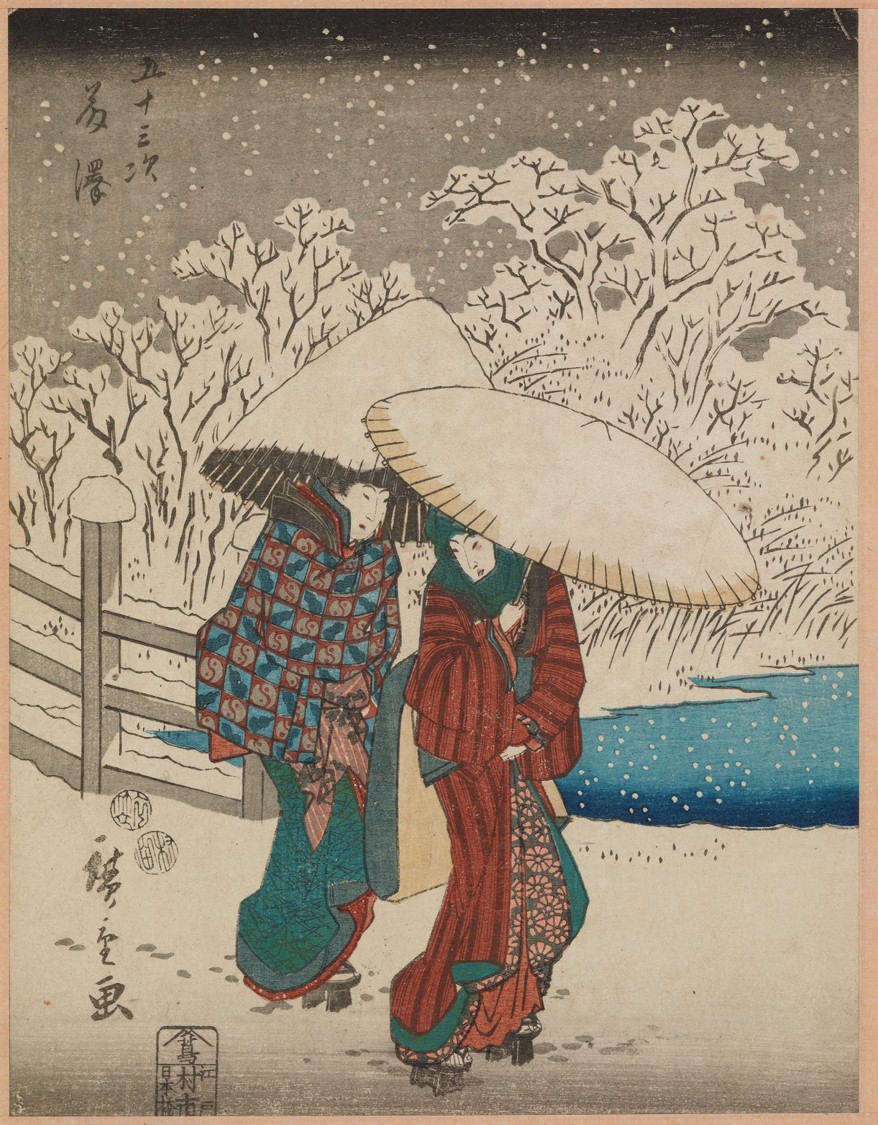
 Loddiges, Conrad, & Sons with plates by George Cooke. The Botanical Cabinet. London: John & Arthur Arch. 1818-1833. Twenty volumes from Hathi Trust here. I can’t resist botanical prints and these volumes have lots of them. Nearing the end of June, I still have half of them to enjoy in July! I like the magnolia blooms that are beginning to brown and evidently the engraver of this volume did as well.
Loddiges, Conrad, & Sons with plates by George Cooke. The Botanical Cabinet. London: John & Arthur Arch. 1818-1833. Twenty volumes from Hathi Trust here. I can’t resist botanical prints and these volumes have lots of them. Nearing the end of June, I still have half of them to enjoy in July! I like the magnolia blooms that are beginning to brown and evidently the engraver of this volume did as well.


